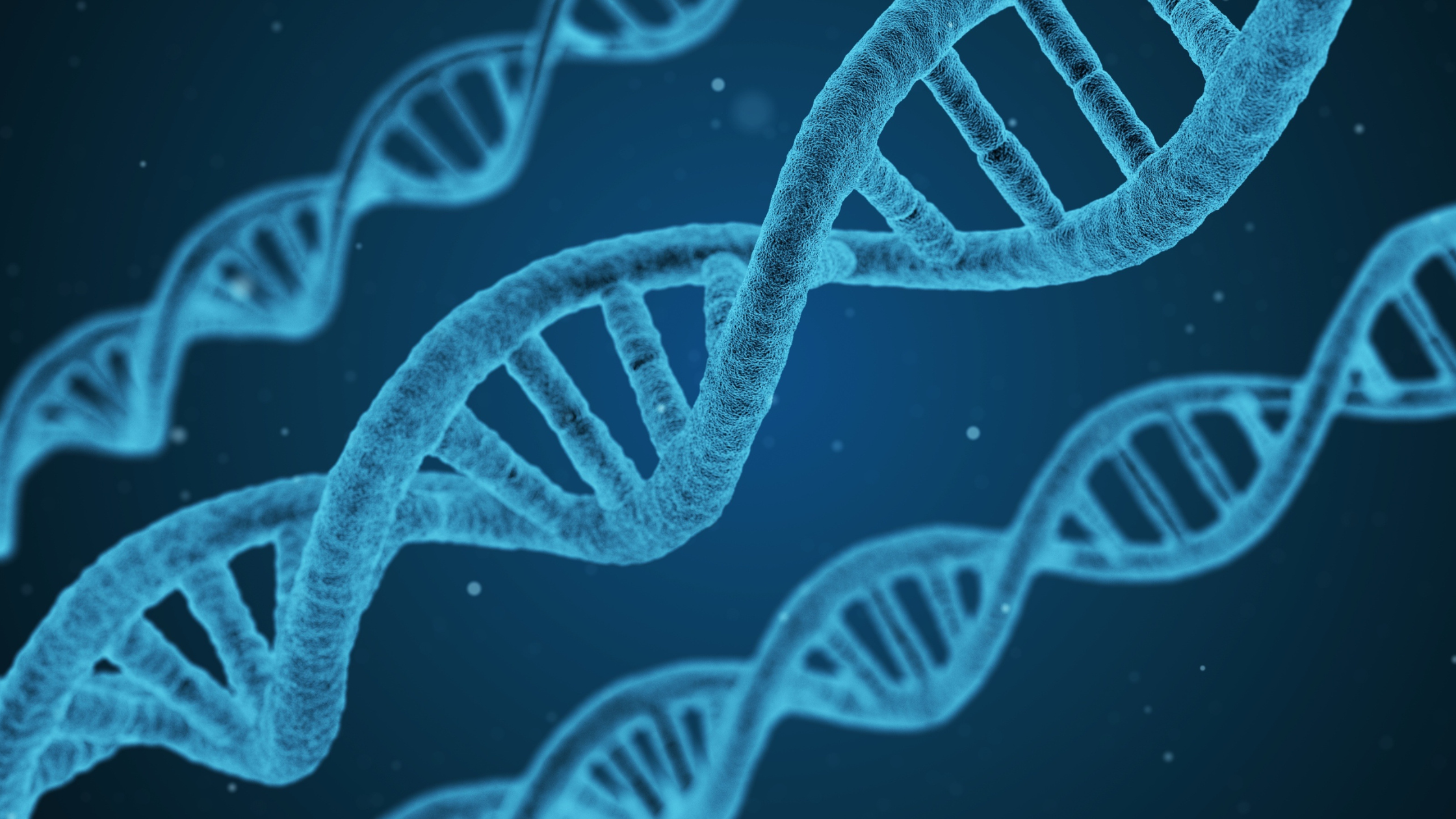AncestryDNA vs. 23andMe: Comparing Proof of Ancestry
DNA testing for ancestry has experienced exponential growth, offering individuals unprecedented insights into their genetic heritage. However, in this digital age, the importance of substantiated evidence, irrefutable proof, and meticulous record verification cannot be overstated. Let's look into the intricate world of DNA testing, adopting the mindset of a discerning detective in search of undeniable proof.
Your Genes as Evidence
DNA testing operates on the principle of analyzing an individual's genetic code to discern their ancestry. This genetic information serves as compelling evidence of one's heritage, offering clues to familial connections, ethnic origins, and migration patterns. By comparing specific markers in an individual's DNA to reference populations, DNA testing can provide insights into their ancestral lineage with remarkable accuracy.
Approach to Proving Ancestry - AncestryDNA
AncestryDNA employs a multifaceted approach to prove ancestry, beginning with the collection of a DNA sample through a simple saliva test. Once received, AncestryDNA subjects the sample to rigorous analysis, examining hundreds of thousands of genetic markers to determine ethnic composition and identify genetic relatives. Additionally, AncestryDNA cross-references this genetic data with an extensive database of genealogical records, including birth certificates, census data, and historical documents, to verify and corroborate ancestral connections. By adhering to stringent standards of proof, AncestryDNA ensures the authenticity and accuracy of its ancestry results, providing users with a comprehensive understanding of their heritage.
23andMe's Approach to Proving Ancestry
Similarly, 23andMe utilizes advanced DNA testing techniques to uncover individuals' ancestral origins. Through a saliva sample, 23andMe analyzes genetic markers across the genome, offering detailed insights into ethnic composition, haplogroups, and genetic relatives. In tandem with genetic analysis, 23andMe incorporates historical and genealogical records to corroborate ancestry findings and enhance the validity of its results. By employing a meticulous approach to proof, 23andMe strives to provide users with reliable and substantiated ancestry reports.
A Comparative Discussion
When comparing AncestryDNA and 23andMe, distinctions arise in their methodologies for providing evidence of ancestry. While both services leverage advanced DNA testing technology, AncestryDNA's emphasis on extensive genealogical research sets it apart, offering users a deeper understanding of their familial connections and historical roots. Conversely, 23andMe's focus on genetic insights and health-related information may appeal to individuals seeking a broader perspective on their ancestry. While each service has its strengths, including comprehensive databases and robust record verification processes, potential weaknesses may exist in the specificity of regional ancestry estimates or the comprehensiveness of genealogical records. Users must recognize the markers being tested will vary between service provider so there will be variations in the results.
Discerning the differences between AncestryDNA and 23andMe in terms of evidence and proof is crucial for making an informed decision that aligns with individual needs and expectations. AncestryDNA's meticulous focus on genealogical research and extensive record verification appeals to those seeking a deep dive into their family history, with the potential to uncover long-lost relatives and trace ancestral migrations with precision. On the other hand, 23andMe's broader genetic insights may be more appealing to individuals interested in exploring not only their ancestry but also their health predispositions and inherited traits. Understanding these distinctions can help users tailor their choice to match their specific goals, whether they prioritize a comprehensive exploration of familial connections or seek a broader understanding of their genetic makeup. Ultimately, by considering these factors alongside personal preferences and priorities, individuals can confidently select the DNA testing service that best suits their needs and expectations.
In summary, both AncestryDNA and 23andMe offer valuable tools for exploring one's ancestry, each with its unique approach to providing evidence and proof. While AncestryDNA excels in genealogical research and record verification, offering users a comprehensive understanding of their familial connections, 23andMe provides broader genetic insights that extend beyond ancestry alone. Ultimately, the choice between these services hinges on individual preferences and priorities, with users encouraged to consider their specific needs and expectations when selecting a DNA testing provider for exploring their heritage.

Article by Carol Walsh
Carol Walsh is the CEO of Creative Roots, a professional genealogy company. She has a passion for preserving family history and storytelling. Carol's research methodology centers around fact-finding and publishing in a format that readers can use to preserve the stories. Her ultimate goal is to help families connect with their past and each other.






